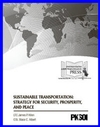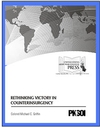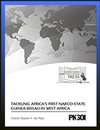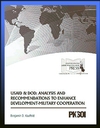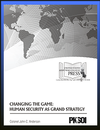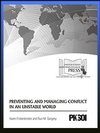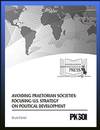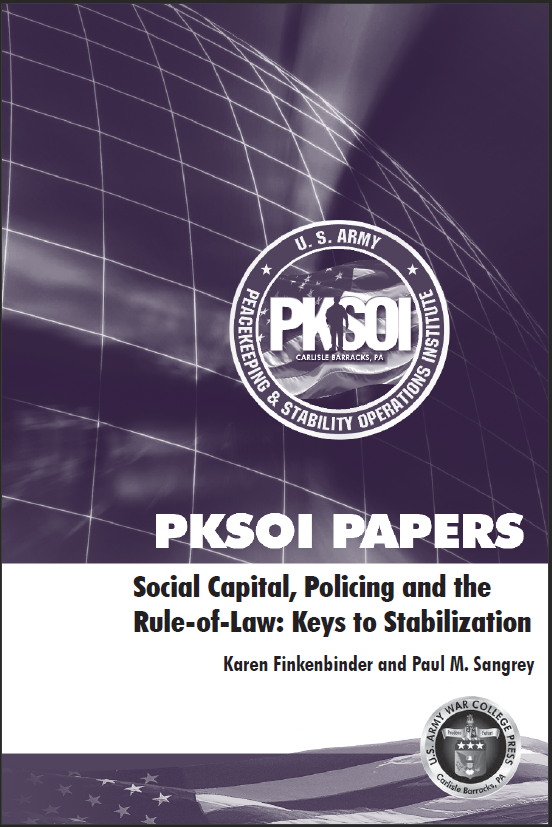The Future of Civil Affairs
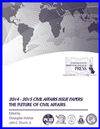
The purpose of this paper is to provide a platform for the broader Civil Affairs community to communicate to important opinion leaders in the Executive and Legislative branches, as well as key military commands and institutions what it thinks the way ahead should be for Civil Affairs, utilizing experienced operators rather than just the usual Think Tank approach.

